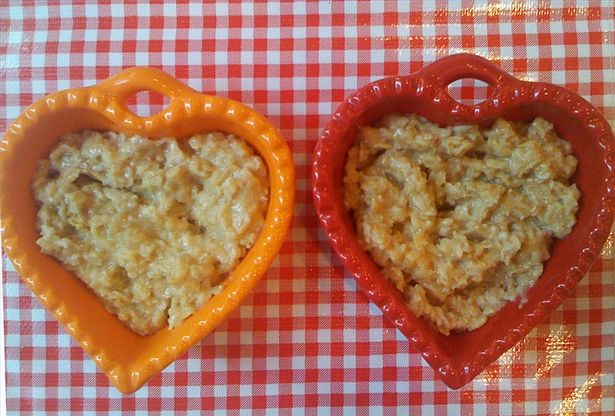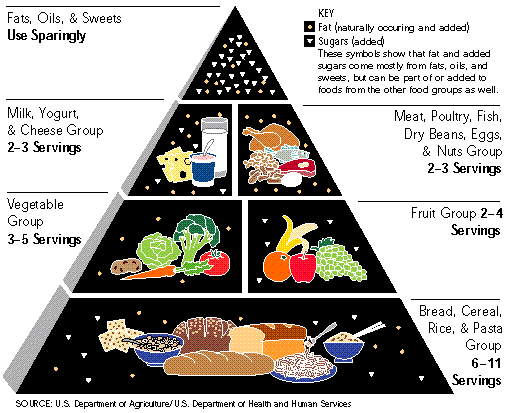Perhaps you have received a gift of dukkah, seen the name dukkah on a menu or in a store, or you have heard of dukkah and would like to know what to do with it? It may sound like a game, but this is far from the true answer. Well, imagine a blend of nuts, seeds and tasty spices. With its origins in ancient Egypt - this is dukkah.
A traditional dukkah mixture combines chopped toasted nuts (often hazelnuts) with sesame, cumin and coriander seeds and spices. This produces a tasty dry concoction that is usually eaten together with olive oil and pita or crusty bread. The customary way of eating this dish is by dipping the pita into the olive oil and then into the dukkah - delicious.
You can bring a taste of the ancient into the present and try out dukkah for yourself. You may find that the texture of dukkah will vary in different places, depending on how coarsely or finely the nuts that are used are chopped. In Egypt it is often sold by street vendors in paper cones together with bread that has been already dipped in oil. Today, some people, around the globe make their own dukkah at home.
Dukkah should be stored in an air tight container and in the fridge can keep fresh for quite a while. Although dukkah is usually associated with Egypt and other Middle Eastern cultures, it has also proved to be quite popular in Australia and New Zealand.
Nuts are considered to be a good source of protein and for this reason a dish of dukkah would be a good nourishing plate for anybody, but may be particularly beneficial for a person on a vegan or vegetarian diet.
How to Use Dukkah ?
Call it an appetizer, condiment, antipasti, hors d'oeuvre, starter, first course, or even an entree or a snack - however you decide to name or categorize it, dukkah is a flavorsome delicacy. Dukkah is usually recommended for appetizers and snacks, but there are several different ways in which this savory delight may be used.
As already mentioned, it may be eaten with the traditional olive oil and bread. It may also be scattered on top of vegetable or meat dishes. It may be used as a topping for salads. Some people use the dukkah as a coating which may be added before cooking chicken, meat or fish.
In addition, some dukkah lovers have been known to add it to olive oil creating more of a paste mixture. Others have been known to add it into rice dishes or to blend it into a dip. Which ever way you play it and which ever way you use it, dukkah is a tasty creation. It could also be used as a topping for yoghurt or fruit. You can be imaginative and resourceful and create your own original uses for dukkah.
Recipe of the Day - Nutty Tuna
As Dukkah is a nut & seed mixture (most of which are crashed coarsely), it is important that when used in cooking, in particular where there is frying involved, it is used with ingredients that do not expose it to long heating time otherwise it will burn and ultimately ruin your otherwise delicious recipe.
The following recipe is based on Tuna as you can eat it raw or just seared the outside and keep the inside raw, it gives it a two tone textures that is very pleasant to taste and also obscure the rawness of the fish if you are not used to it. If the latter is an issue, just use a thinner cut of the fish.
Important note on frying fish:
* Make sure the pan is clean and hot enough before you put the fish in otherwise it will definitely stick to the pan (unless you use non-stick pan); and
* Do not keep on turning the fish, each side should be fry once only unless you want to crumb your fish!
Serving Size
1. One Person
Ingredients
1. 50g/2oz of your favorite Dukkah
2. 250g/9oz of Tuna piece
3. 1 Tsp of finely chopped fresh coriander leaves
4. 1 Tsp of good olive oil
5. Garden salad vegetables for one
6. Half a wedge of lime (lemon if you do not have lime)
Method
1. Place the dukkah on a plate and season it with salt and pepper;
2. Roll the piece of tuna over the mixture to make sure it is coated all over and let it rest for a few minutes to allow the tuna to soak in the flavor of the dukkah. It is essential that you keep this in the fridge at this period of time for health reason;
3. Arrange your salad vegetables on your serving plate (use different colored vegetables to brighten the dish);
4. Heat up a fry pan which is lightly coated with olive oil, make sure the heat is not too high and definitely not smoking;
5. Fry your tuna a few minutes on each side depending on the thickness and size of the tuna. It also depends on how raw you want it to be.
6. Take out of the pan and place it on top of the bed of salad on your serving dish;
7. Drizzle the lime juice on top of tuna, sprinkle with the finely chopped coriander leaves and serve.
If you want to be fancier, the following additional steps can be used:
1. Sliced the tuna appropriately (does not have to be too thin) and fan it out in a straight line on top of the bed of salad;
2. Wash the roots of the fresh coriander and a few stems (not leave) and minced them to a fine paste (Fresh coriander roots give a very fruity taste to your food);
3. Add the lime juice just before you finish mincing the coriander roots (only a few drops otherwise the paste will become to watery); and
4. Drizzle this over the sliced tuna and serve.
Note that there will not be too much paste as coriander roots are small but enough to provide the complimentary taste required for this dish. Make sure you wash the roots thoroughly otherwise you will end up having grit in your paste.

 The Simplest Way To Lessen Your High Cholesterol By Natural Means
High-cholesterol is a major variable inside the countrywide
The Simplest Way To Lessen Your High Cholesterol By Natural Means
High-cholesterol is a major variable inside the countrywide
 Introduction To Of Some Lower Cholesterol Foodstuffs
Cholesterol is a fat-like element contained in the physique
Introduction To Of Some Lower Cholesterol Foodstuffs
Cholesterol is a fat-like element contained in the physique
 Starting Up An Aquaponics Set Up From See The Easy Way
Planting seeds in your aquaponics system can be a lot simpl
Starting Up An Aquaponics Set Up From See The Easy Way
Planting seeds in your aquaponics system can be a lot simpl